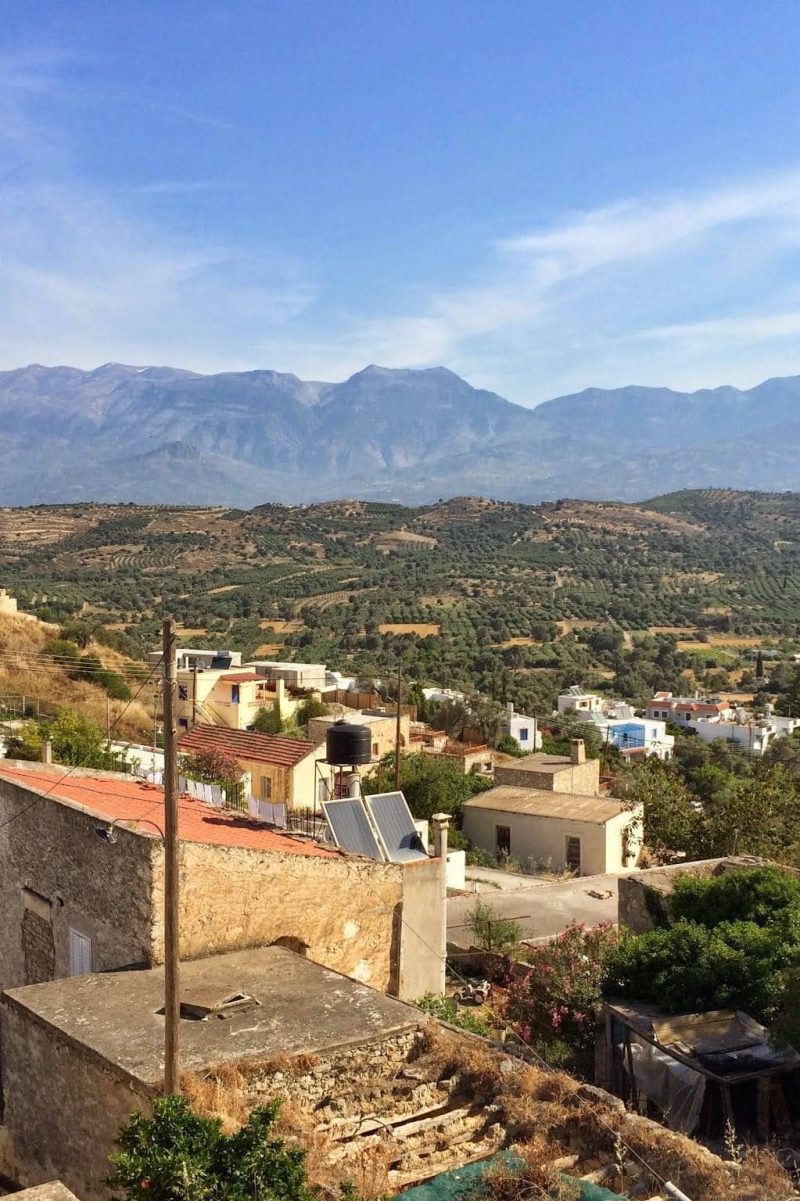

12°C
Agios Ioannis Kamilari is a small but historically and culturally rich settlement in the prefecture of Heraklion, in the fertile plain of Messara. With only 103 inhabitants today, the village is built on the ruins of the ancient city, just a few meters from the impressive archaeological site of Phaistos, the second most important Minoan center after Knossos.
Visitors can start their tour from the hill of Phaistos, where the church of Agios Georgios, built in the 16th century, stands next to the remains of an ancient monastery. In the heart of the village stands the church of Agios Ioannis, also from the 16th century, while the tower of Agriolidis, a remnant of the Ottoman era, is also impressive. Of particular interest is the old raki distillery at the southern end of the village, which bears witness to the local tradition of distillation.
Just outside the village, on the road to Matala, is the chapel of Agios Pavlos, with exceptional frescoes from the 14th century. Along the same road, important archaeological finds have been discovered, such as an undisturbed geometric tomb and two Roman tombs.
Agios Ioannis is an ideal stop for those heading to the coastal town of Matala. It retains its traditional identity with authentic tavernas, cafes and hospitality. Every year on September 26th, the memory of Agios Ioannis is celebrated with a festival. At the western entrance of the village stands the monument to Minas Giannakakis, who was killed in action in Cyprus in 1974. Finally, a short distance away, in Metochi, the philosopher Epimenides, one of the seven wise men of antiquity, is said to have lived.
For the Rural Greece accessibility is fundamental to enhancing an inclusive tourism experience. Following the principles of inclusion and equality, the epaithros Rural Tourism Network and its member businesses are constantly working to enhance the tourism services provided, ensuring that all visitors have the opportunity to experience the authentic beauty of the Greek countryside.
Sustainability in tourism refers to a way of developing tourism that respects and protects the environment while strengthening the local economy and preserving cultural traditions. The aim of sustainable tourism is to provide unique and authentic experiences for visitors without harming the natural and social environment, while ensuring that local communities benefit from tourism activity.
This type of tourism is based on three pillars:
With sustainable tourism, visitors can have authentic experiences, knowing that the impact of tourism on the region is positive and lasting for future generations.
For Rural Greece, localism is one of the most important factors for the development of sustainable tourism, as it promotes a strong link between the tourism product and the local society, economy and culture. Through localism, visitors get the opportunity to explore authentic elements of the destination, such as local products, traditions and culture. This not only boosts the local economy, but also helps to sustain and strengthen local businesses, creating new jobs and supporting the development of local communities.
Furthermore, localism contributes to the sustainability of the tourism sector, as it reduces the use of resources from other regions and encourages the use of local goods and services, reducing the ecological footprint of tourism activities. Thus, integrating localism into tourism practices enhances sustainability awareness, both among visitors and local businesses, creating a more responsible and sustainable tourism destination.